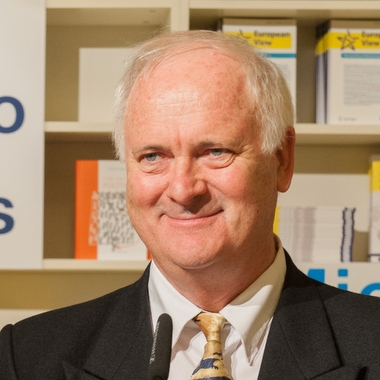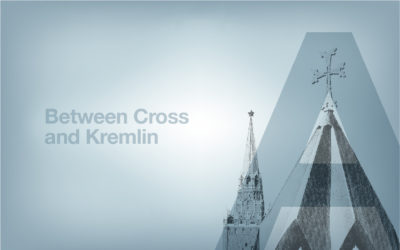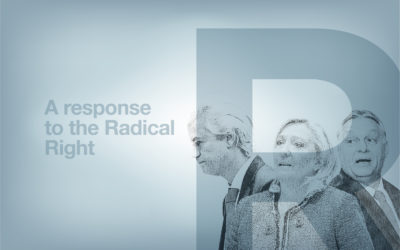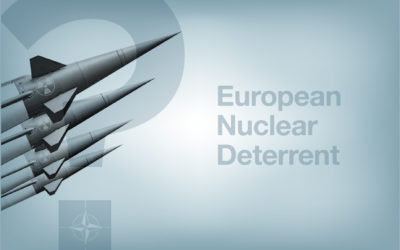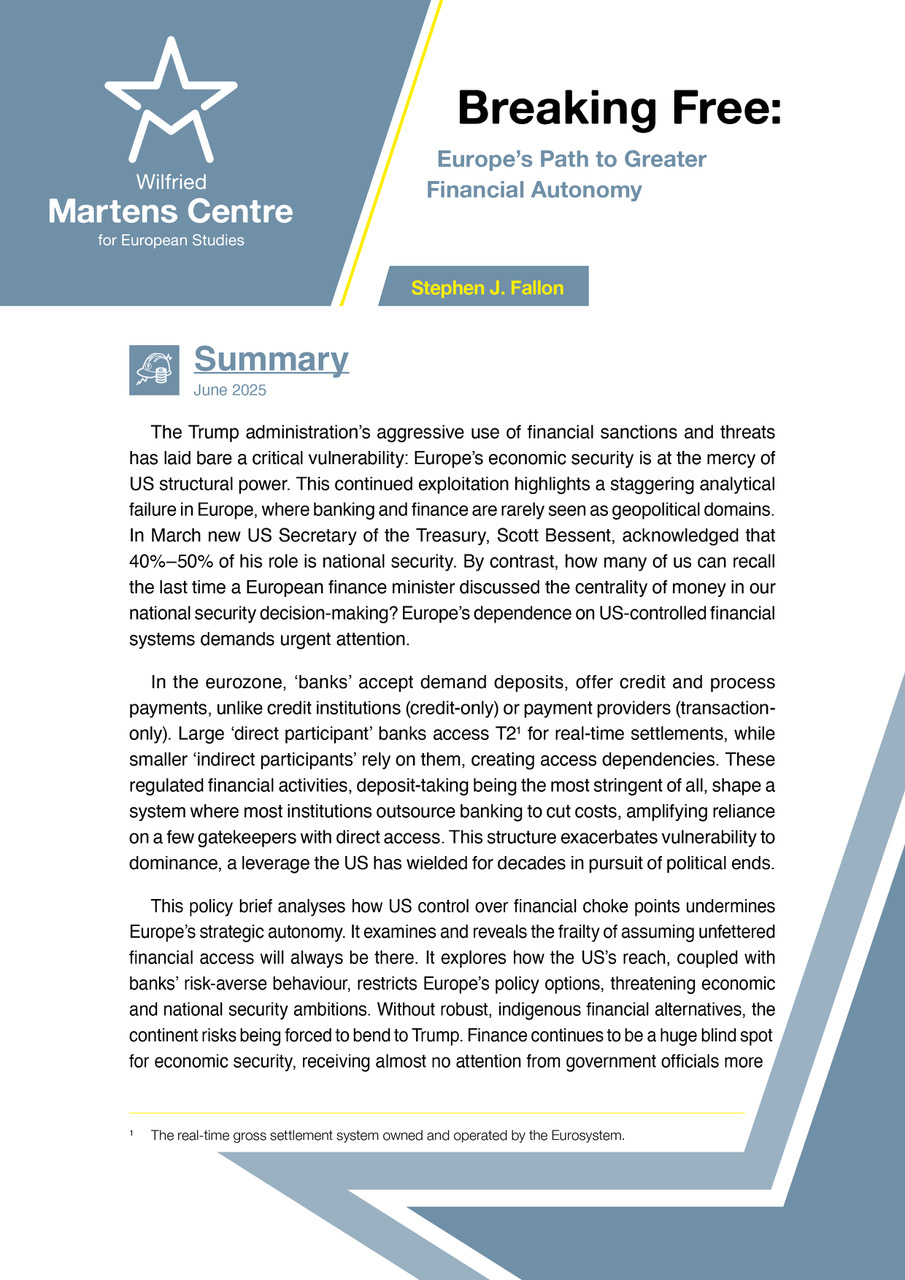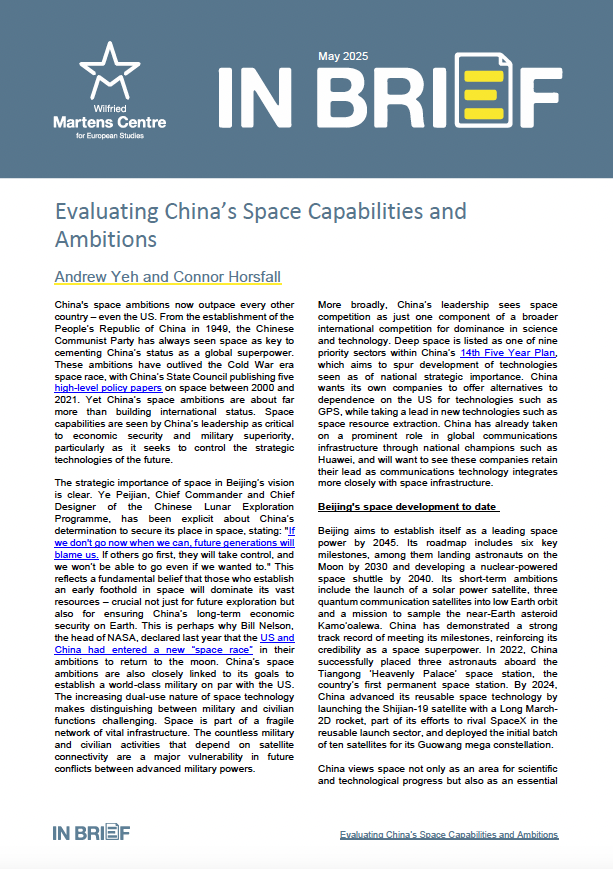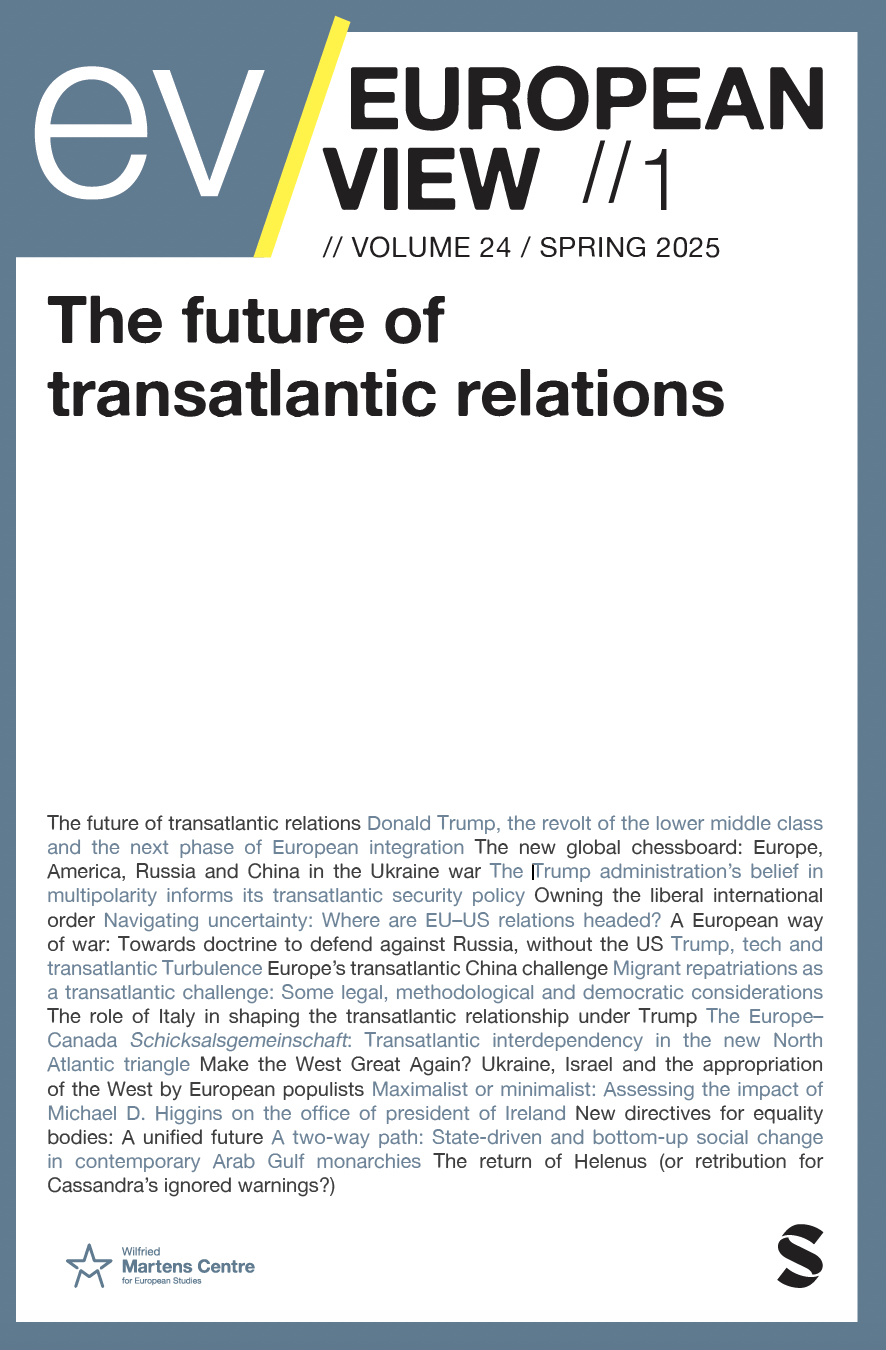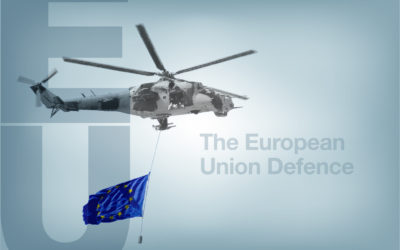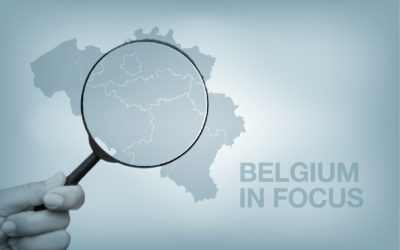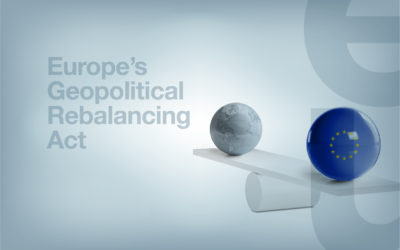China, Europe and the Political Economy of the World
05 September 2013
Speech by John Bruton, Former Prime Minister (Taoiseach) of Ireland (1994 to 1997), to a meeting of Zhejiang Chamber of Commerce at the Guangzhou Baiyun International Convention Centre, at 9am on Sunday 1 September.
…………………………………………………………………………………………………………………….
A COUNTRY TRANSFORMED
The last time I was here in Guangzhou was in 1978 when, as a relatively young member of the Irish legislature, I came here to observe the beginning of the modernisation of China , under the leadership of the late Chairman Deng.
My impression, at the time, was that everybody travelled by bicycle, and wore uniform clothes. The sound of China for me, was the tinkle of a thousand bicycle bells. China struck me, then, as a sensibly frugal society, which let nothing go to waste. There was a sense of order, a sense that people knew where they were going.
I also found a people who were was immensely welcoming towards a European like myself, who came from a continent whose interactions with China, over the previous 150 years, had often been marked, on the European side, by exploitation and racism.
I even saw the remnants of the European concessions here in this city, where, until 1949, European nations had applied their own rules, even though on Chinese sovereign territory. In the French concession I came across a disused Catholic church, that had been converted into a clothing factory. I sometimes wonder if it has since been restored to its former use.
I also had a strong sense, then, that China was a society on the move.
Now, 35 years later, I am back in a very different city. In one of the great commercial centres of the world, to see the results of the modernisation initiated 35 year ago.
Most people in the west did not really understand what China was doing then.
THE FOUR MODERNISATIONS
Many may have thought that the Four Modernisations were only rhetoric.
I came across a phrase recently that will probably be familiar to many here, that sums up the Four Modernisations policy initiated here in 1978.
It was that the country was “wading across a river, by feeling for stones underfoot”.In other words, it was a policy of experimentation, of trial and error, of allowing mistakes to be made, of trying different approaches in different regions, and allowing competition between the different approaches and the different regions.This flexibility explains the difference between Chinese and Soviet economic policy at that time, and explains why the first succeeded, and the other failed.Indeed, the strength of the western capitalist economic model, is that it, too, encourages experimentation and trial and error, but uses different methods to do so.
China has made huge strides since 1978. It is now well established, on an income per head basis, as a middle income country according to World Bank classifications.
FROM A MIDDLE INCOME COUNTRY TO A HIGH INCOME COUNTRY
In 1960, there were 100 middle income countries in the world. Ireland was one of them.By 2008, only 13 of those 100 countries had reached high income status. Ireland was one of the 13 that made it, along with Hong Kong, Japan, South Korea, Mauritius, Spain, Equatorial Guinea, Portugal and Greece. The remaining 87 countries, which were middle income countries in 1960, have undoubtedly made progress since, but they are still middle income countries, and some of those who attained high income status by 2008, may now be falling back into the middle income category.Nothing stands still. Progress to the next stage is not automatic.
Economic growth is, as the economist Schumpeter put it, a process of constant creative destruction. Growth is about change. Change is often painful, and painful, but necessary, change can easily be confused with mindless austerity.
When a country is moving from less developed, to middle income, status, it is often able to compete by doing things , that are already being done, more cheaply than established competitors can do them. It does not have to come up with brand new technologies. it can use existing technologies, but apply at less cost and with minor improvements.
Moving a country, from middle income, to high income status, in contrast, often requires it to push at the boundaries of technology, to find a niche that no one else if filling, to invest in people and ideas as well as in concrete and metal. That is the stage into which China is now moving its 1.4 billion people, a move that promises to be one of the great transformations of human history.
ENGINES OF ECONOMIC GROWTH
The size of the transformation involved explains why China is today spending 2% of its GDP on Research and Development (R&D), which is more, as a proportion of GDP, than Ireland, Netherlands, the UK, Norway, Luxembourg, Italy, and Spain and many other European countries are spending.
Incidentally, Israel, Korea, and Finland are the biggest proportionate spenders on R & D.But R&D alone will not move a country from middle to high income status. It must be made easy for entrepreneurs to use the R&D, by setting up new businesses and to recruiting talented local people to help them do it.Here, Ireland has a strong advantage in that it is one of the easiest places in Europe to set up a new business, and one of the easiest in which to recruit young well educated people at competitive salaries.
This has already attracted 18 different Chinese companies to set up operation in Ireland. Ireland is particularly interested in Chinese companies that are in fields like Life Sciences, Clean tech, financial services and information technology.
Ireland is also active in food exports to China ,which have grown by 92% in just two years!
I believe there are aspects of the Irish educational system from which China could benefit . 5000 Chinese students study in Ireland. Numerous agreements exist between Irish and Chinese Universities. These must be built upon, especially in key areas of research ,like financial services.
REMOVING BLOCKAGES IN THE SYSTEM
If China is to exploit its investment in R&D to the full , it needs to liberalise its system of local residency permits, which discourage migration within China, and to make it easier for new Chinese companies to set up, in competition with existing state owned or established enterprises.
The European Union, with its 0.5 billion people is a much smaller entity than China with its 1.4 billion people, but in the European Union, there are still restrictions on internal migration, analogous to the Chinese residency permit scheme, in that the EU does not have full transferability of Social Security rights, and full mutual recognition of professional qualifications, for internal migrants within the EU.
THE DANGER OF PROPERTY BUBBLES….THE IRISH EXPERIENCE
But it would be unrealistic for me to come here and fail to refer to some of the recent economic difficulties Ireland has encountered. These difficulties are being overcome. Growth has been resumed, foreign investment in the country is at an all time high, and the government is following a careful plan. But it is also important to analyse objectively how Ireland got into these difficulties, and I believe that would be helpful to a country, like China, that is also undergoing rapid development and wants to avoid converting that into a destructive bubble.
Indeed, the latest IMF report on China, contains warnings that will sound familiar to those who have studied recent Irish economic history. It talks of the risks of “a steady build up of leverage eroding the strength of the financial sector”, of “a boom in non traditional sources of credit”, and of the need to take “steps to reduce moral hazard to ensure that banks do not engage in potentially destabilizing competition” in China. On the other hand, it recognises that China has very well capitalised banks.A few years ago, these risks existed in Ireland, and were not adequately addressed by the authorities in Ireland itself, or in the European Union. We have suffered for that, and these are useful lessons for China.As I see it, this is what happened in Ireland. Thanks to artificially cheap credit, and rapidly rising property prices, Ireland experienced a property bubble between 2000 and 2007. This bubble led to a radical distortion of the country’s economic structures, and to a big increase in private and government debt.The cheap credit was available because of decisions taken by the US Federal Reserve and by European Central Bank. Both favoured low interest rates. They did so to avoid dislocations to the economy, that might have arisen from the dot com burst, 9/11, and the costs of German reunification. In these goals they succeeded.But the extra credit found its way across national boundaries into housing markets in various countries, causing a bubble in prices, most notably in Ireland. In 2008, the bubbles burst.
BUBBLES DISTORT THE ECONOMY
The bubble distorted the Irish economy in ways that will take years to repair. There was distortion in the form of a doubling in the size of the construction sector, large and uncompetitive pay increases across the economy, and rapid increases in numbers of people employed in the public sector. The fact that money flowing in, temporarily, to government coffers, made it hard to resist demands to increase the size of the government sector, permanently. In just five years from 2001 to 2006, the share of the workforce in the public sector reached 29%, as against 19% in Germany. The numbers in top grade positions in the civil service grew by 86% .
Bubbles misallocate human capital. Instead of choosing careers and skills, for which there is enduring global demand, talented people were drawn, by quick rewards, into activities for which demand is inherently temporary, like construction.
WHY BUBBLES HAPPEN
In a way, it is easy to see why people made the mistake of thinking, in the 2000 to 2006 period, that house prices in Ireland (and household wealth) would never stop rising. Recent history seemed to suggest that the only way house prices could go was up. House prices had already risen by 133% between 1994 and 2000. These increases were justified by rapid economic growth, immigration, and new family formation, all of which created a genuine demand for housing. The trouble is that the increase in house prices continued after 2000, and was financed, not by improved competitiveness, but by excessive lending, and by income generated from, inherently temporary, construction spending.
The assumption of the bankers, who were lending this money, seemed to be that demand for housing could go on growing, to infinity. A moment’s thought would have shown how nonsensical that was. But, in the middle of a boom, people are often too busy, to take a moment to think. The revenue of the Government became unhealthily dependent on taxes derived from property sales such as stamp duty, capital gains tax, and VAT on house sales. Property related revenues reached 18% of all revenues in 2006, whereas they were only been 8% in 2002. But once house sales stopped or slowed down, of course, that revenue growth stopped, leaving a huge hole in the Government’s budget.
Again, a moment’s thought would have shown how dangerous it was, to build up permanent spending programmes, on the back of inherently temporary streams of revenue. But very few people, in politics or outside it, took a moment to think. For a country like China, the relevant question to ask about Ireland’s recent experience is
“How can sensible, and generally public spirited, people make mistakes like this, and how can such mistakes be avoided ?”
THE CAUSES OF BUBBLES………….SILO THINKING, AND FOLLOWING FASHION, WITHOUT REFLECTION
I would identify two tendencies of policy making in both the public and private sector, that were at the heart of the problem in Ireland
1. “Silo tendencies” within institutions, charged with mitigating risks, where people only thought about their own immediate responsibilities, and did not question wider assumptions.
2. A “consensus approach”, which encouraged a single view to be taken of any issue. Human beings are followers of fashion. We need institutions that deliberately challenge fashionable assumptions, and those institutions did not work, in Ireland or in the wider European Union.
These errors can occur in ANY country, under ANY political system. They are not unique to Ireland, Spain, Arizona, California, Florida, or any of the other parts of the world where property bubbles arose.
China must be wary that these problems do not arise here, and I know the authorities here are fully alive to these risks.
THE GLOBAL CHALLENGES…..AGEING, MIGRATION, CLIMATE CHANGE, AN ERODING TAX BASE , AND SOUND FINANCE.
These are the five big problems that the counties of the world must come together to tackle. They are all loosely related to one another. With the exception of the finance problem, they are all problems that are silently creeping up on us, so silently in fact that it is difficult to create a sufficient sense of immediate crisis, to get anything done about them. Technology will provide some of the answers, and I know China is devoting a significant proportion of its R&D to some of these issues.But sacrifices and compromises will be needed between and within nations. Pension entitlements will have to be limited in some countries, working lives extended, and elder care vastly expanded with the aid of technology. Migration will have to be accepted in ageing economies, and that is a big cultural challenge.CO2 emissions and pollution will have to be tackled by making the ultimate polluter meet the full cost of what he does.
We may eventually need some form of global taxation, to meet the cost of preserving out common global heritage, but, in the meantime, we need to restore the tax base of states, in a cooperative way. We cannot expect Governments perform functions if its revenues are artificially depleted.
And finally we need to put banking on footing that will be sound enough to allow incompetent banks to be closed down without putting the whole economy at risk. “Too big to fail” and “ too interconnected to fail” should no longer be characteristics of our banking systems.
THE EURO….WHAT IS ITS FUTURE?
The existence of the euro, the single currency, has not created the economic crisis in Europe.This was going to come anyway because of lost competitiveness, the emergence of new competitors, like China, for traditional European industries, and the progressive ageing of European societies. Expansionary monetary policy could only have postponed the emergence of the symptoms, it could NOT have prevented the illness.
What the existence of the euro has done is impose discipline and mutual solidarity on Europe.
Without the euro, countries would have pursued the route of devaluation and inflation in response to their problems. Savings would have been wiped out. This is not possible now, and that is good. Instead problems are now being tackled at their source.Without the euro, wealthier and stronger European countries would not have come, so quickly, to the aid of other European countries in difficulty. They have now done so on a systematic basis, and that too is good.The EU is moving toward a common system for winding up banks that need to be wound up, without putting the overall system at risk. It is moving toward a common system of deposit insurance. These are issues that also require attention here in China.Much better systems are now being put in place in the European Union, to ensure that, in future, public finances, and underlying competitiveness, do not get out of line again. Out of the crisis, we are now facing up to problems we had ignored for the past 20 years in Europe.
The euro will survive. Not only that, I believe it will eventually be imitated in other parts of the world.
To sum up, the euro
+ is a protection against the expropriation of savings, through inflation and devaluation.
+ is a factor for economic stability in the world, and
+ is a major political step forward for unity Europe.
ENJOYING THIS CONTENT?


